The best affordable running shoes for 2023
Find a great pair of running shoes without breaking the bank
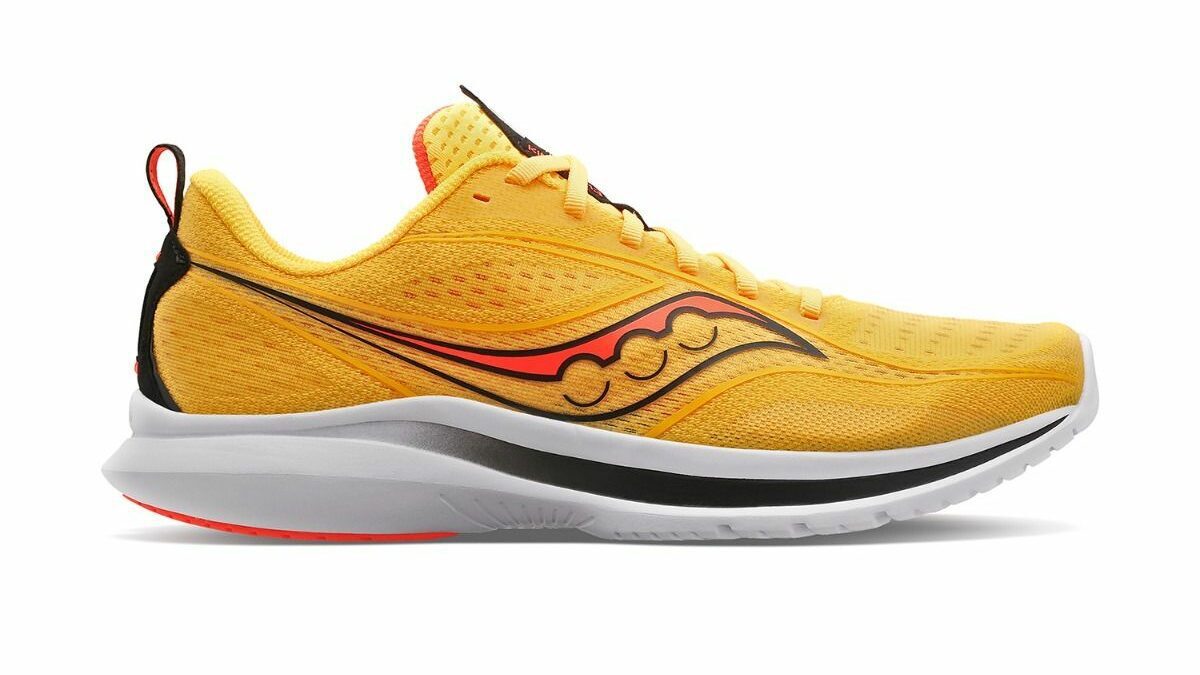
With the new year upon us, many individuals are now embracing a running program in preparation for upcoming running events or to simply gain back the fitness that may have atrophied during the holiday season. One of the best ways to boost your motivation and ensure you enjoy your training is by investing in a new pair of running shoes. Not only will the new shoes provide the psychological boost that’s sometimes needed to get out the door, but they will also ensure you remain comfortable and injury-free while you run.
Here are the top 10 affordable running shoes for early 2023. (All prices in Canadian dollars.)
Asics GT-1000 11 – $139
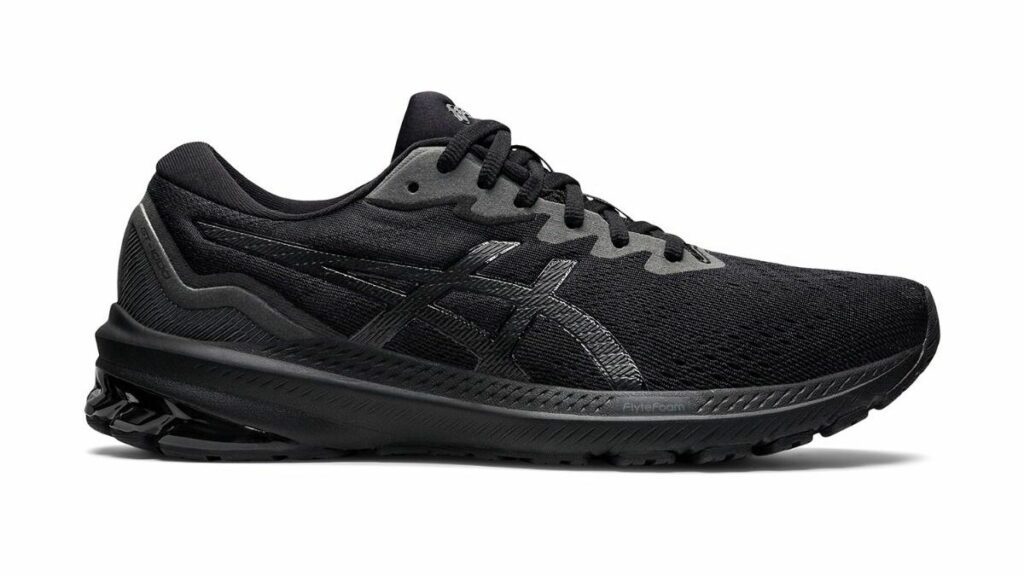
BEST FOR RUNNERS SEEKING A STABILITY SHOE FOR THE ROAD AND GYM
A versatile shoe that is at home both on the road and in the gym. The GT-1000 11 offers runners a softer ride and improved impact absorption thanks to its FLYTEFOAM midsole and rearfoot GEL cushioning. Asics employs its LITETRUSS technology on the midsole’s medial side to provide stability and help control pronation. For the upper, Asics specs a soft mesh fabric for increased comfort and breathability.
Weight: 9.5 oz/270 g
Stack: Heel: 21 mm, Forefoot: 13 mm
Drop: 8 mm
Saucony Guide 14 – $120
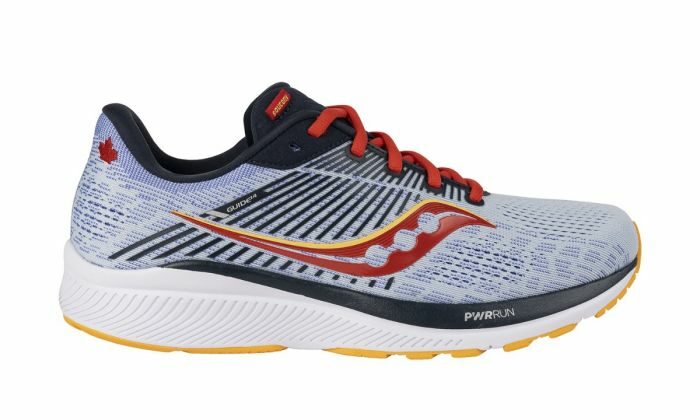
BEST FOR RUNNERS SEEKING A MILD STABILITY-ORIENTED SHOE FOR DAILY TRAINING
With its proprietary PWRRUN foam midsole, the Guide 14 provides a soft yet responsive ride that’s frequently lacking from stability-oriented running shoes. Speaking of stability, the Guide 14 does a good job of reducing excessive pronation thanks to its TPU guidance frame on the shoe’s medial side. The upper delivers a foot-hugging fit while still providing a roomy toe box for additional comfort during longer runs.
Weight: 10.65 oz/302 g
Stack: Heel: 33 mm, Forefoot: 25 mm
Drop: 8 mm
New Balance Fresh Foam X 860v12 – $140
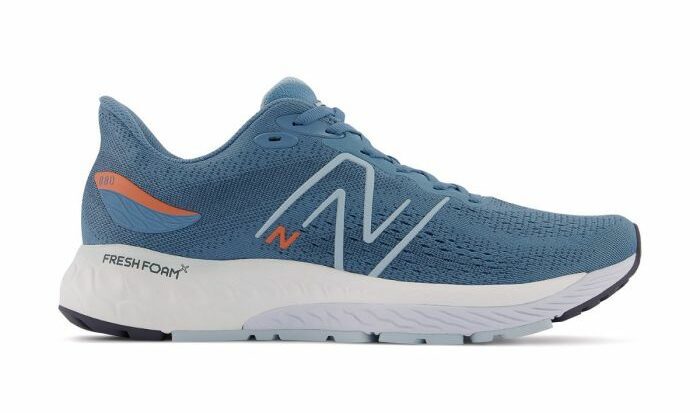
BEST FOR RUNNERS SEEKING A DURABLE STABILITY-ORIENTED SHOE FOR DAILY RUNNING
With its supportive medial post and Fresh Foam midsole, this shoe provides the necessary comfort and stability required on longer runs. The sophisticated seamless mesh upper is light and very breathable while maintaining the foot-tailored fit appreciated by runners. Finally, the lightweight blown-rubber outsole is sufficiently thick, ensuring excellent durability for the life of the shoe.
Weight: 11.4 oz/324 g
Stack: Heel: 34 mm, Forefoot: 24 mm
Drop: 10 mm
Saucony Kinvara 13 – $149
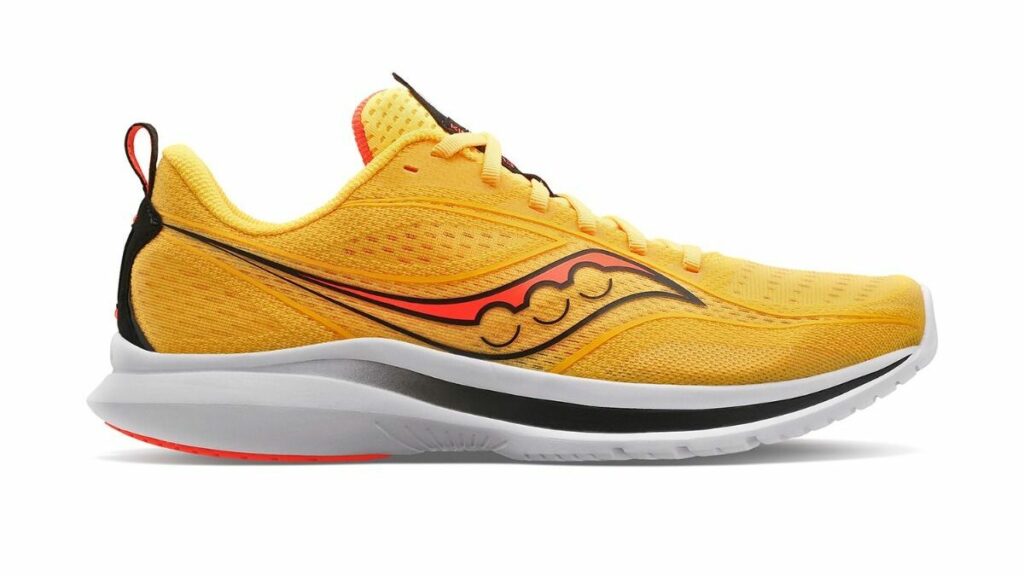
BEST FOR NEUTRAL RUNNERS SEEKING A LIGHT SHOE FOR FASTER RUNS
Runners seeking a lightweight cushioned shoe for fast workouts will appreciate the Kinvara 13. Saucony starts with a PWRRUN midsole for low weight and excellent cushioning. To this, it adds a lightweight, highly-breathable single-layer mesh upper that does a great job of locking in your foot. For the outsole, Saucony specs two strategically placed pieces of rubber in high-wear areas for durability without extra weight.
Weight: 7.2 oz/213 g
Stack: Heel: 28.5 mm, Forefoot: 24.5 mm
Drop: 4 mm
Brooks Launch GTS 9 – $139
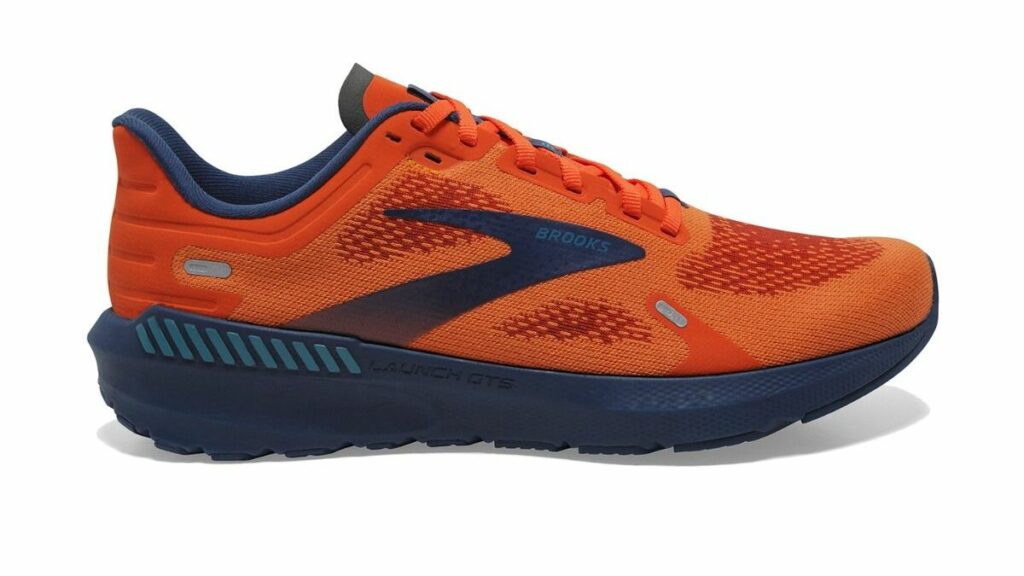
BEST FOR RUNNERS SEEKING STABILITY IN A LIGHTWEIGHT, CUSHIONED AND FAST SHOE
The Launch GTS 9 delivers the support and low weight desired by faster runners that still need some stability. Brooks builds the Launch GTS 9 with a BioMoGo DNA midsole that delivers a smooth and responsive ride. The addition of Brooks’ GuideRails system provides stability without overwhelming the runner’s natural motion. For the outsole, Brooks has employed its Green Rubber technology, which offers greater sustainability when compared to traditional petroleum-based outsoles.
Weight: 8.6 oz/244 g
Stack: Heel: 36 mm, Forefoot: 26 mm
Drop: 10 mm
ASICS GT-2000 10 – $120
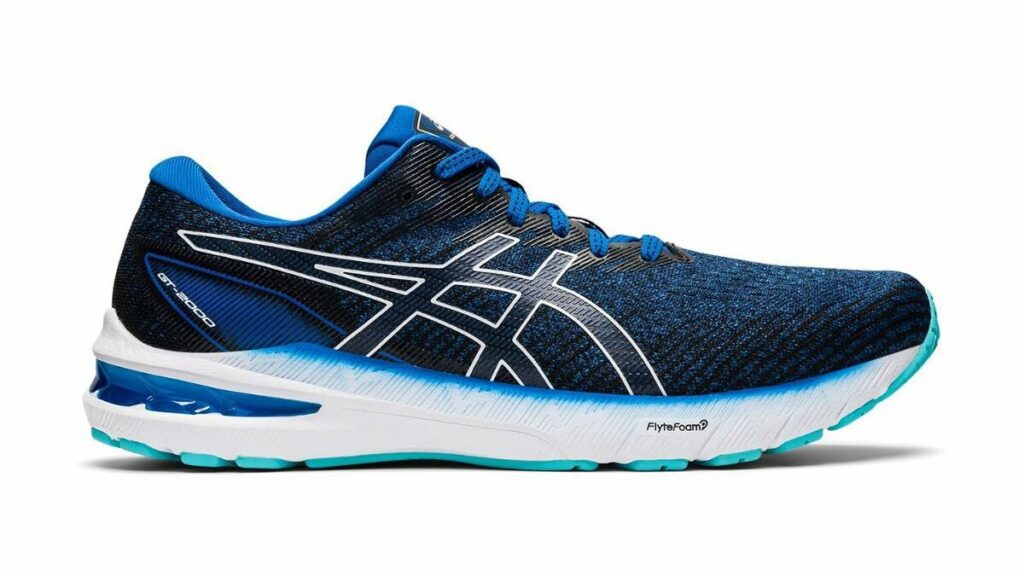
BEST FOR RUNNERS SEEKING STABILITY AND CUSHIONING WITH DURABLE CONSTRUCTION
The GT-2000 has been in the Asics line-up since 1993, and there is a good reason why it continues to be popular with runners; it offers a wonderful blend of stability and cushioning desired by many runners. For the midsole, Asics uses its FLYTEFOAM technology that provides durable yet lightweight cushioning. Stability is enhanced with Asics’ LITETRUSS construction which consists of a stiffer foam that prevents excessive inward foot roll. For the upper, Asics has chosen an engineered mesh that’s breathable while also providing the necessary support for a locked-in fit.
Weight: 9.9 oz/280 g
Stack: Heel: 22 mm, Forefoot: 14 mm
Drop: 8 mm
Hoka Rincon 3 – $150
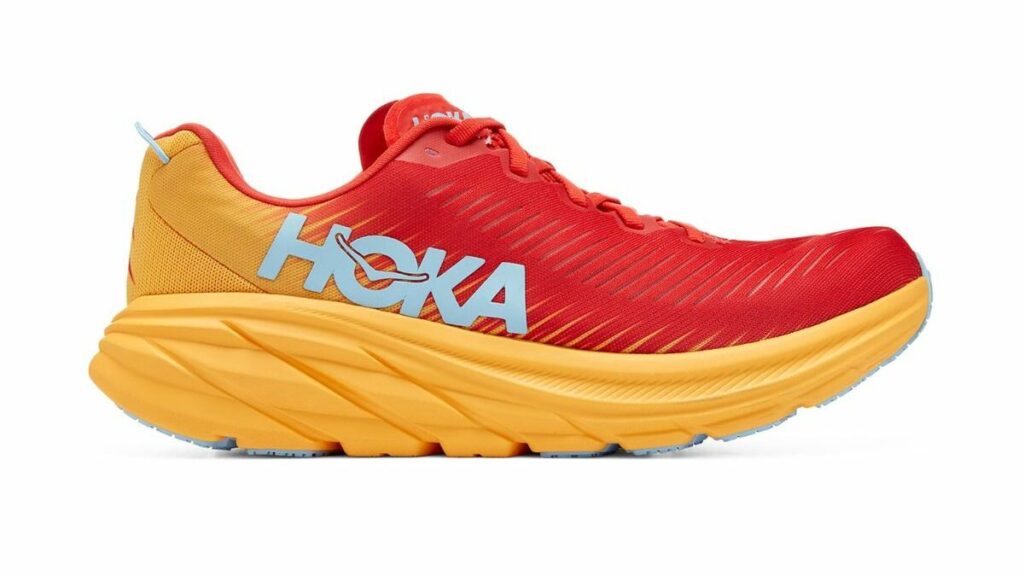
BEST FOR NEUTRAL RUNNERS PRIORITIZING LOW-WEIGHT AND MAXIMUM CUSHIONING
Thanks to its surprisingly low weight, the Rincon 3 delivers what may well be the best cushion-to-weight ratio on the market. This lightweight and highly cushioned construction makes the Rincon 3 a top choice for speed work or even as an everyday shoe for runners seeking low weight and maximum cushioning. The Rincon 3’s upper consists of lightweight, breathable mesh that does an admirable job of providing a secure and comfortable fit.
Weight: 7.7 oz/218 g
Stack: Heel: 38 mm, Forefoot: 24 mm
Drop: 5 mm
New Balance Fresh Foam X 880v12 – $140
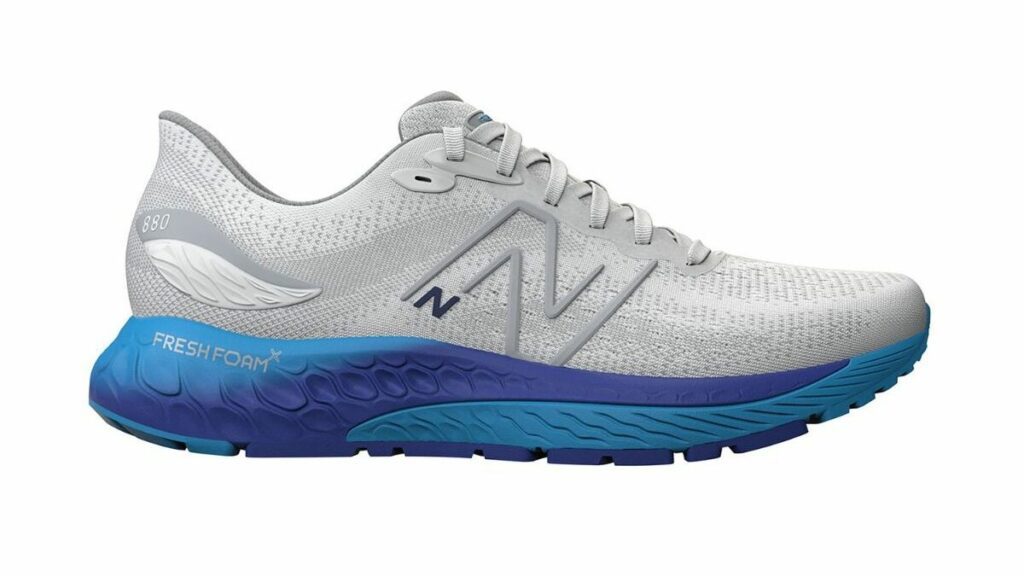
BEST FOR NEUTRAL RUNNERS SEEKING CUSHIONING FOR DAILY RUNNING
Intended for neutral runners, the 880v12 delivers exceptional cushioning thanks to its dual-layer Fresh Foam X midsole. For the outsole, New Balance has speced a substantial thickness of blown rubber, ensuring excellent durability. Finally, the upper consists of a mesh that provides good breathability while having enough structure to ensure a locked-in fit.
Weight: 10.3 oz/292 g
Stack: Heel: 35 mm, Forefoot: 25 mm
Drop: 10 mm
Saucony Triumph 19 – $120
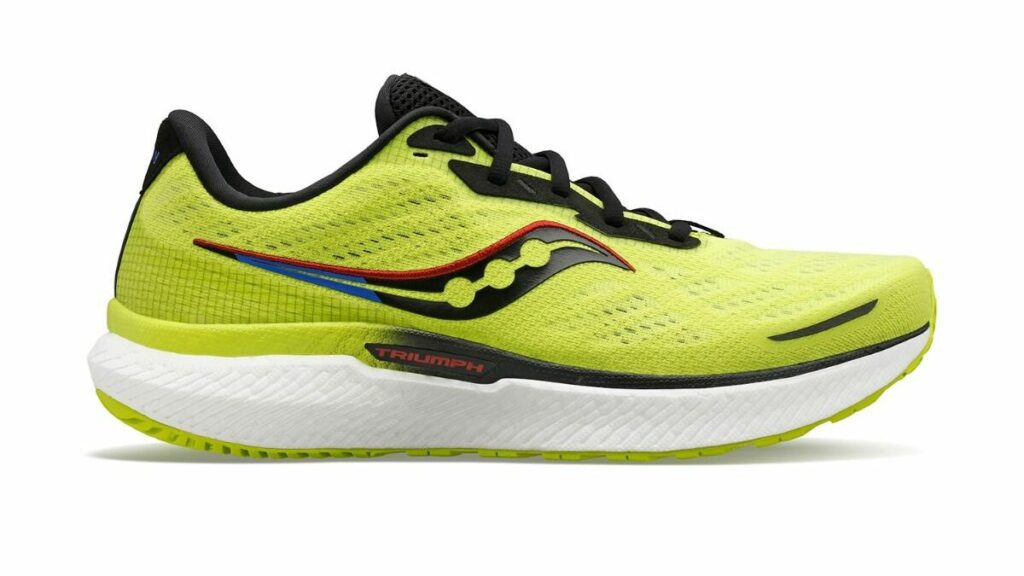
BEST FOR NEUTRAL RUNNERS SEEKING MAXIMUM CUSHIONING FOR LONGER RUNS
Targeted at neutral runners, the Triumph 19 provides the cushioning necessary for runners seeking comfort on longer runs or during recovery days. Saucony archives these qualities primarily through the use of its PWRRUN+ midsole, which does an admirable job of absorbing the impacts associated with longer runs. The comfort theme continues with the addition of a new mesh upper that sheds weight (compared to last year’s version) without compromising fit or breathability.
Weight: 10.2 oz/290 g
Stack: Heel: 32.5 mm, Forefoot: 24.5 mm
Drop: 8 mm
Here are some common FAQs (and answers) about affordable running shoes:
How should running shoes fit?
The ideal running shoe should fit your heel securely (no heel lift when running), provide a secure mid-foot fit and offer plenty of room in the toe box. This last point is particularly important because as you run, your feet will swell. If your shoes are too short, your toes may end up hitting the front of the shoes resulting in bruised and blackened toenails that may eventually fall off. This is not a good look.
How long will running shoes last?
The simple answer is about 500 to 800 kilometres. Factors that will influence running shoes’ longevity include the runner’s weight (bigger runners are harder on shoes) as well as the intended purpose of the shoe itself (ultra-light race-day shoes may not be as durable as footwear intended for daily training).
Do I need neutral or stability shoes?
The traditional advice has been that if you have medium to flat arches and you roll in (pronate) during your gait cycle, you may benefit from using a stability shoe. This type of footwear tends to be built up (more structured) on the medial side of the midsole to help control that pronation. On the other hand, runners with high arches may not roll in enough during their gate cycle. This inward roll is the body’s natural way of absorbing impact when running. For these high-arched individuals, a neutral, more cushioned shoe may be more appropriate. Ultimately, if you are using a shoe that fits properly and you are not experiencing any discomfort, you’re doing fine. Finally, consider visiting a specialty running shop for a more thorough evaluation of what footwear is most suitable for you.
What is stack height and drop?
In the simplest of terms, stack height refers to the amount of material between your foot and the road. Shoes with a taller stack height may provide more cushioning, but some runners prefer footwear that allows their feet to be closer to the ground.
Drop is the difference between the heel and forefoot stack height. Shoes with a lower drop encourage runners to land on their mid/forefoot, while higher-drop footwear is appreciated by runners that heel strike. Traditional running shoes tend to have a drop of 8-10 mm.
